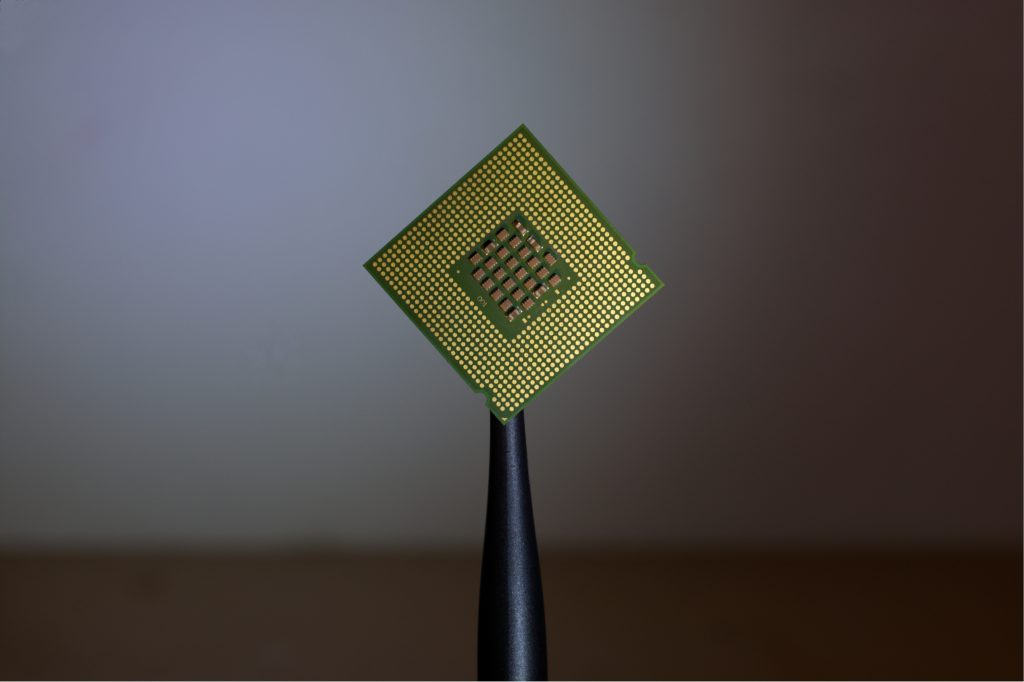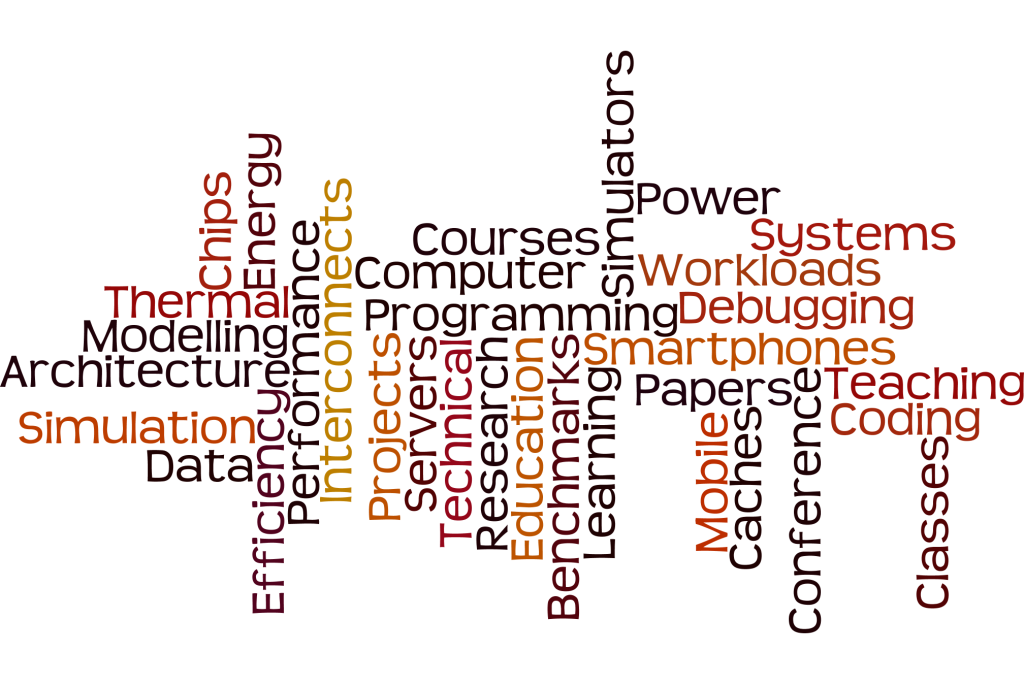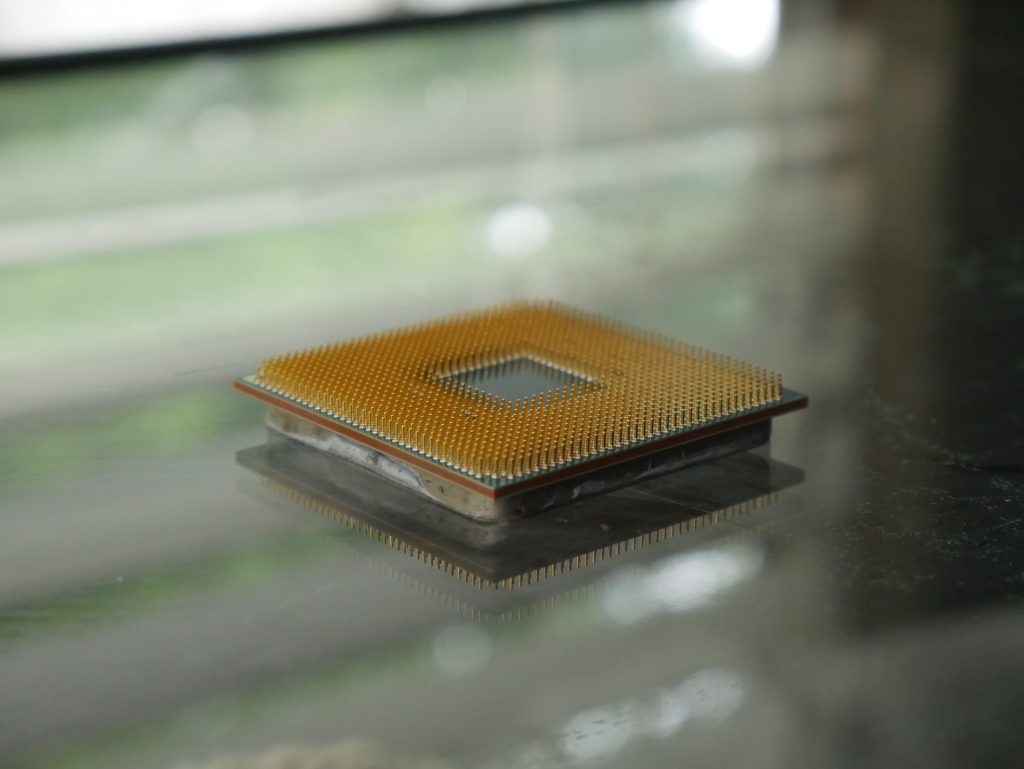Photo by Brian Kostiuk on Unsplash
THE REQUIREMENTS OF NEW SEMICONDUCTOR PRODUCT DEVELOPMENT
The semiconductor industry is driving on top of the products that different companies introduce. These semiconductor products have to go through complex product development procedures to fulfill strict technical and business requirements. That makes the planning and strategy aspect of development vital.
Technology (devices and package side) progress in the semiconductor industry has powered designers and manufacturers with resources to develop highly complex semiconductor products. These technological advancements have enabled much smaller and portable semiconductor-powered products than ever before.
More options and features on semiconductor design and manufacturing are a bonus for both companies and their customers. However, the wide range of the device to transistor-level characteristics also means that the requirements to drive new semiconductor product development are getting stricter and thus leaves no room for error.
Time: Semiconductor products have to go through a different process and validation steps, and this makes the planning of the design and the manufacturing phase a crucial step. Any slip or delay can give competitors an advantage. On top of that, the fast rate at which the different and new semiconductor-powered solutions (smartphones to automotive) are getting launched also puts pressure to ensure that any new semiconductor products are developed at the right time to meet the market/customer requirements.
Cost: The cost of semiconductor manufacturing is increasing, mainly due to the progress in technology nodes, package technology, and also new automated equipment. Thus, selecting the right combination of semiconductor technology is a crucial step, as it directly affects the cost of manufacturing.
Area: The shrinking device size (and also new vertical package technologies) means new semiconductor products can power new features in a small chip area. However, doing so demands a mechanism to ensure no design or manufacturing rules get violated. On top of this, the smaller size also means less space to provide more new advanced features. As the technology-node and package technology have made progress, the semiconductor products are also getting designed with the smallest footprints possible.
Performance: The world is moving at a faster rate than ever. The wireless connected solutions to high-speed computers are all demanding fast processing. Enabling the high-performance (faster decision-making) feature in semiconductor solutions is a vital requirement. While not all silicon products get designed for faster processing, there are several application areas where a quick decision (airbag deployment)) is still the most basic requirement.
Power: Apart from performance and area, managing power consumption is another de-facto criteria for several semiconductor products. The requirement of power management varies based on the application of the semiconductor product. In the long run, it becomes a very challenging task to managing power without having the room to provide an area for thermal management.
Balancing all of the above requirements of a new semiconductor product is not an easy task. It requires resources to drive the vision of developing a semiconductor product that can take over the market. That is why today, there are companies (mainly in the XPU segment) that are taking new paths (chiplets, heterogeneous, wafer-scale engine, etc.) to develop new semiconductor products for their end customers.
As the barrier of entry in the semiconductor industry (from the design point of view – FAB-LESS) has lowered, the competition of developing products loaded with new features has grown too. This has put a lot of pressure on companies to design new techniques that can provide critical features (response time, battery life, heating, etc.) to make their products stand out in the market.


THE CHALLENGES OF NEW SEMICONDUCTOR PRODUCT DEVELOPMENT
The majority of semiconductor products are designed and manufactured by considering the cost and time requirement. These two vital requirements also bring new challenges to the design and the manufacturing houses.
Ensuring the products meet all the customer requirements has made the development of new semiconductors a challenging process. These challenges are faced by every semiconductor product, irrespective of the company developing it.
Features: The number of FAB-LESS companies in the semiconductor industry has grown over the last few decades, and has increased the level of competition in the semiconductor new product market. It also means that every other product is equipped with new innovative features like new manufacturing methodology (chiplets) to utilizing new-age devices (MBCFET). The urge to provide new features to differentiate semiconductor products in the market is a challenging task, and it will keep getting more challenging due to the push towards newer semiconductor devices and also manufacturing processes (nodes).
Validation: Ensuring the new product meets all the requirements and specification is vital. Thus depending upon the application area, the validation standards change too. The longer the validation process takes, the higher the cost associated with it and makes the semiconductor post-silicon efforts in a complex activity wherein both time and cost are to be managed.
Customer: In the end, semiconductor products will be used by different customers. Understanding and catering to the different customers (and their market) is an important building block of a successful product. The most crucial challenge is to ensure that the product can be developed in the shortest timeline while also providing the rich set of features that the market is pushing semiconductor companies to provide.
Reliability: New reliability standards are getting proposed to drive higher quality. The major reason for doing so is to meet the new requirements due to ever-advancing silicon/transistor level solutions that require detailed reliability checks to ensure the product does not fail in the field. While this brings cost and time challenges, the efforts required to enable new processes are an added challenge.
Life: New features coupled with changing market demand are shortening the life of semiconductor products. The short market life of semiconductor products means continuous new product launches. This is the primary reason why every year there is a new generation of XPUs that are being launched with new design and manufacturing solutions. The growing market and competition will further drive down the semiconductor product life from decades to years.
The standards and set process used by the semiconductor industry allow them to overcome the majority of the above challenges. The high-end equipment to design rules to process recipes has already empowered semiconductor houses to develop the first time right semiconductor product. The future challenges are more towards balancing the advancing technology with the cost, resources, and time in hand. Companies that will not be able to balance all these will face tough competition in the semiconductor market.
In the next few upcoming years, several new (5G/6G, electric cars, etc.) opportunities will come up for the semiconductor industry. All new challenges will drive the semiconductor industry toward new semiconductor product solutions that cater to different requirements while ensuring the product meets the customer’s expectations.




















